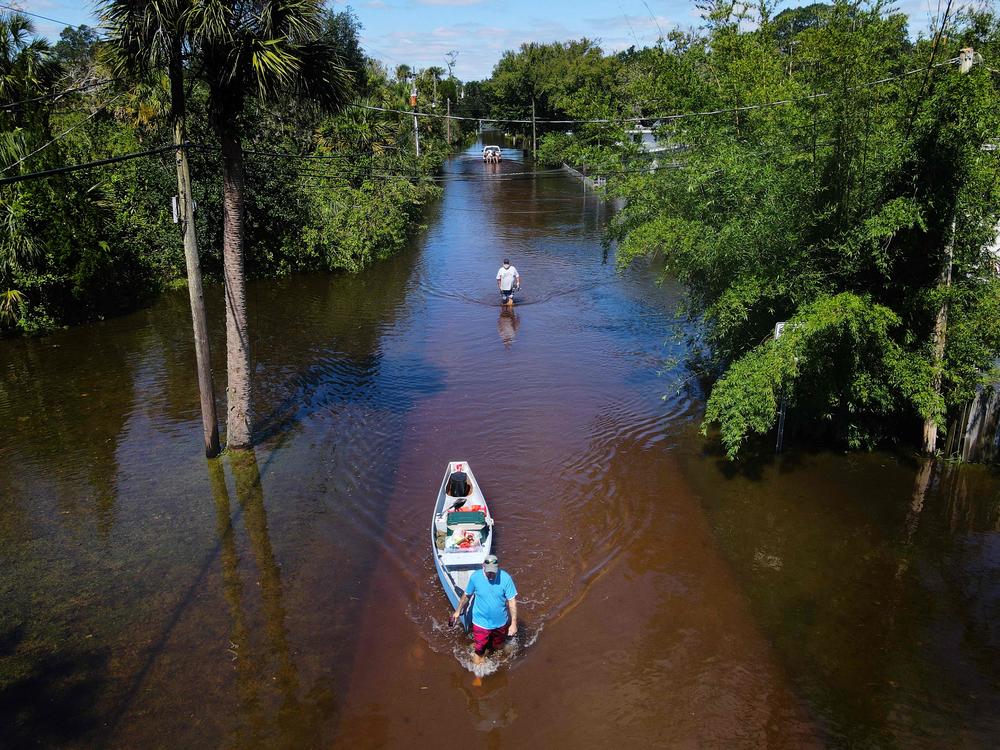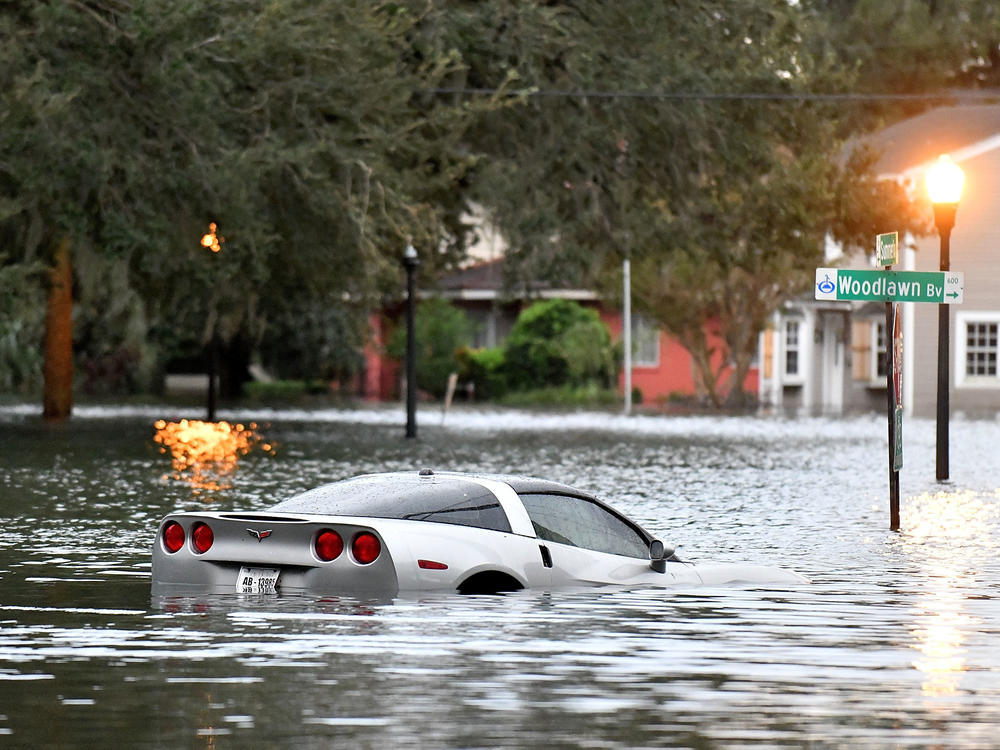Section Branding
Header Content
A rare but dangerous flesh-eating bacteria is infecting Florida residents
Primary Content
Parts of Florida hit hardest by Hurricane Ian are seeing nearly double the normal number of infections from a flesh-eating bacteria that thrives in brackish floodwaters.
According to the Florida Department of Health, the state has seen 65 cases of Vibrio vulnificus infections and 11 deaths from the bacterium in 2022. Lee County, where Ian made landfall on Sept 28 as a category 4 storm, accounts for 45% of the cases.
What is Vibrio vulnificus?
The U.S. Centers for Disease Control and Prevention says that Vibrio vulnificus lives in warm seawater and is a type of foodborne illness-causing bacteria called "halophilic" because they require salt to survive.
The bacteria population increases during the warmer summer months and may also see a boost after sewage spills into coastal waters, as it did during Hurricane Ian.
The storm brought more than 17 inches of rain over West-Central Florida, leading to surges of up to 12 feet.
Infections can lead to skin breakouts and ulcers
Vibrio vulnificus infections can be caused by eating undercooked oysters and shellfish.
But in the aftermath of a hurricane, infections typically start when open wounds, cuts or scratches come into direct contact with warm brackish water. Skin breakdowns and ulcers follow.
Severe illness from Vibrio vulnificus infections is rare. This is the first time the number of cases in Florida has risen above 50 since 2008, when the Florida Department of Health began reporting data on infections.
But for those with weakened immune systems from medication or chronic disease, the infection can become life-threatening if the bacteria enter the bloodstream, leading to symptoms like diarrhea, abdominal cramping, vomiting, fever and chills.
Floodwater contact remains a big risk
When it comes to preventing infections, the Florida Department of Health reminds residents to remember that "water and wounds don't mix." It advises residents not to wade through standing water and to avoid eating or drinking anything that has touched floodwaters.
Those who do come into contact with floodwaters should immediately wash and clean all wounds. You should seek medical care if infections show signs of infection such as redness, oozing or swelling.
Overall risk will decrease as the Vibrio vulnificus population shrinks in late October, when Florida's hot weather wanes.
A spokesperson for the Florida Department of Health told CNN that the number of reported infections has already started to decrease since the hurricane first hit.
Copyright 2022 NPR. To see more, visit https://www.npr.org.


